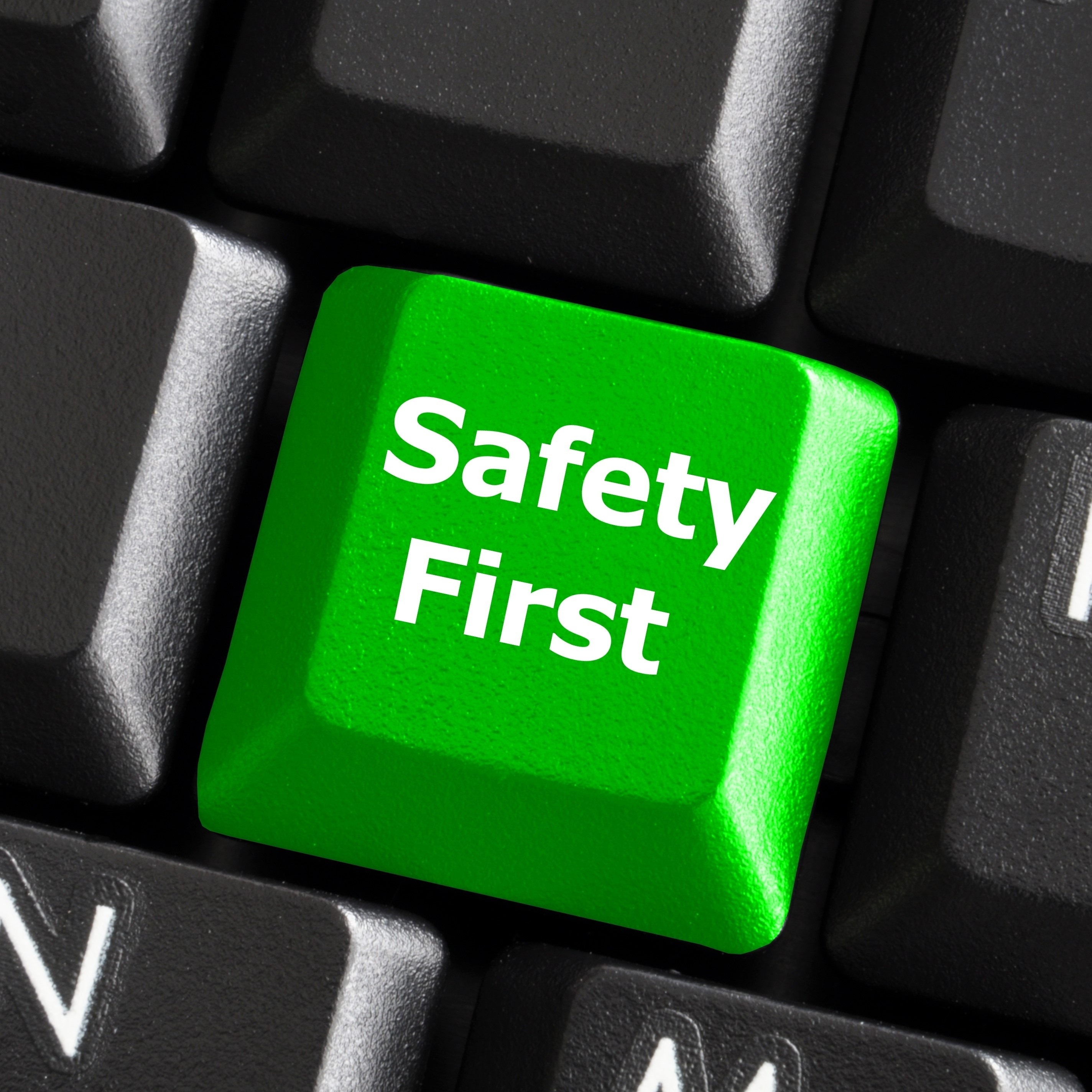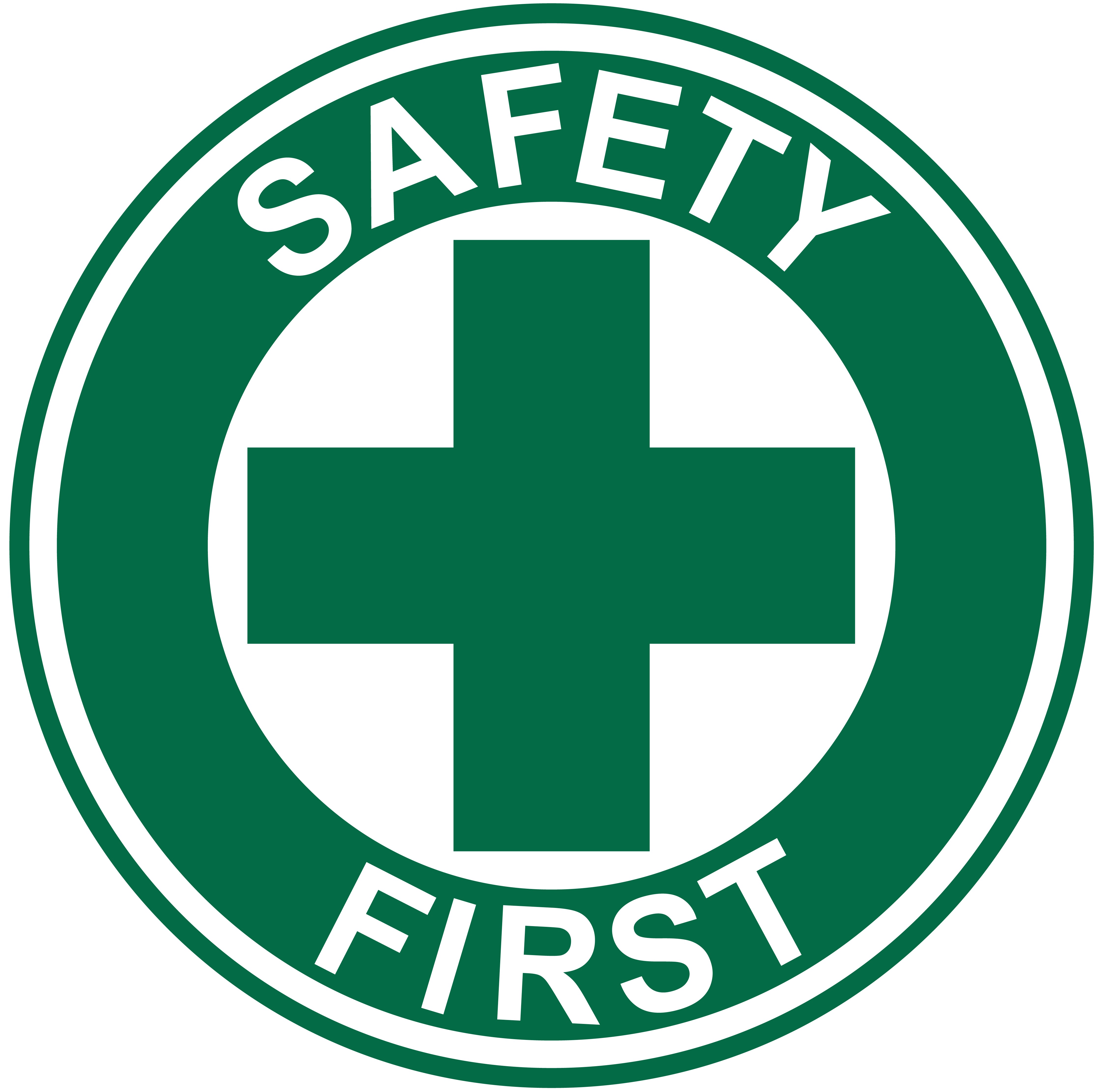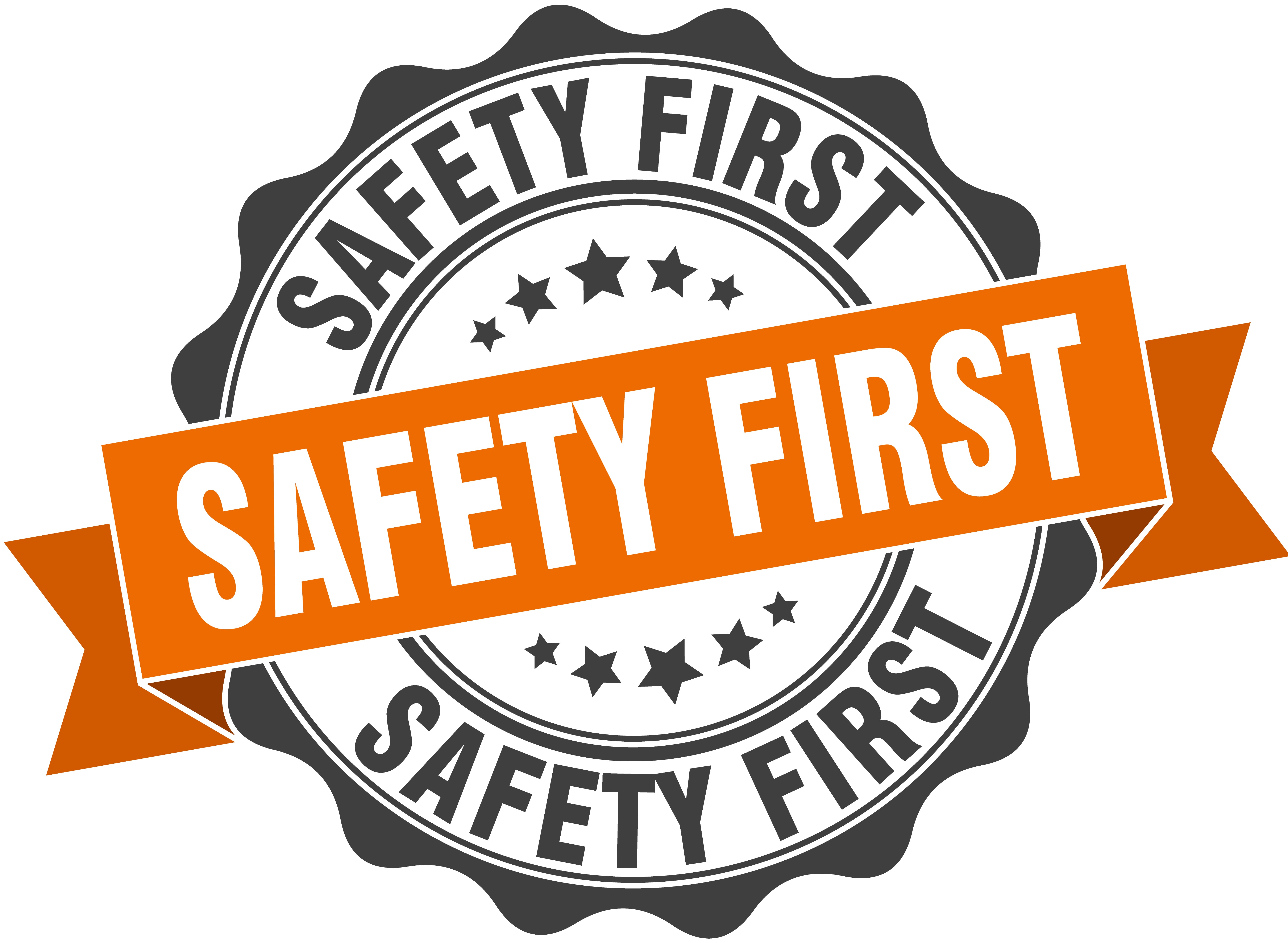Title Page
-
Site conducted
-
Conducted on
-
Prepared by
-
Location
-
Department:
1 - 5S
-
1.1 - Exit Routes kept free of obstructions?
-
1.2 - Exit Doors kept free of obstructions?
-
1.3 - Fire extinguishers free from obstructions or blockages?
-
1.4 - Trash bins/containers clearly and properly labeled?
-
1.5 - Trash bins/containers emptied regularly?
-
1.6 - Aisles/Walkways kept clear?
-
1.7 - Work area kept organized?
-
1.8 - Are any of the following present: spills, cords or other trips, trash/clutter, parts/materials?
-
Indicate which hazards are present
- Spills
- Cords/Other Trip Hazards
- Trash/clutter
- Parts/Materials
-
1.9 - Are all work areas clean, sanitary and orderly?
-
1.10 - Are work surfaces kept dry and appropriate means taken to assure the surfaces are slip resistant?
-
1.11- Are holes in the floor, sidewalk, or other walking surface repaired properly, covered, or otherwise made safe?
-
1.12 - Are materials or equipment stored in such a way that sharp projections will not interfere with the walkway?
-
1.13 - Are aisles or walkways that pass near moving or operating machinery, welding operations, or similar operations arranged so employees will not be subjected to potential hazards?
-
1.14 - When possible, is combustible dust cleaned up with a vacuum system to prevent suspension of dust particles in the environment?
-
1.15 - Is metallic or conductive dust prevented from entering or accumulating on or around electrical enclosures or equipment?
-
1.16 - Are pits and floor openings covered or otherwise guarded?
-
1.17 - Is material on elevated surfaces piled, stacked, or racked in a manner to prevent it from tipping, falling, collapsing, rolling, or spreading?
-
1.18 - Are flexible cords and cables free of splices or taps?
-
1.19 - Do all extension cords have a grounding conductor?
-
1.20 - Are extension cords being used as permanent powers sources?
-
1.21 - Are exposed wiring and cords with frayed or deteriorated insulation reported promptly?
-
1.22 - Are all energized parts of electrical circuits and equipment guarded against accidental contact by approved cabinets or enclosures?
-
1.23 - Is sufficient access and working space provided and maintained around all electrical equipment to permit ready and safe operations and maintenance?
-
1.24 - Are all unused openings (including conduit knockouts) in electrical enclosures and fittings closed with appropriate covers, plugs, or plates?
-
1.25 - Are electrical enclosures such as switches, receptacles, junction boxes, etc., provided with tight-fitting covers or plates?
2 - BEHAVIOR BASED SAFETY
2.1 - PERSONAL PROTECTIVE EQUIPMENT
-
Are employees wearing appropriate PPE?
-
Specify what PPE is not being worn.
- Safety Glasses/Goggles
- Rx Safety Glasses/Over the Glasses Safety Glasses
- Face Shields
- Steel Toes
- Gloves
-
Is PPE being worn correctly?
-
Is PPE maintained in a sanitary condition and ready for use?
2.2 - HAZARD COMMUNICATION
-
Are approved containers and tanks used to store and handle flammable and combustible liquids?
-
Are all flammable liquids kept in closed containers when not in use (e.g., parts cleaning tanks, pans, etc.)?
-
Are safety cans used for dispensing flammable or combustible liquids at the point of use?
-
Are all containers such as spray bottles, vats, storage tanks, etc., identified with a GHS Compliant Label?
-
Are storage tanks adequately vented to prevent the development of excessive vacuum or pressure as a result of filling, emptying, or atmosphere temperature changes?
-
Are rules enforced in areas involving storage and use of hazardous materials?
3 - EMS ASPECTS CHECKLIST
3.1 - OIL DISCHARGE FROM FACILITY OPERATIONS (SPCC)
3.1.1 - Spill Containment for In-Service Drums and/or Pails
-
Are all in-service drums stored on a proper secondary containment pad?
-
Are in-service drums in good condition with no leaks?
-
Are all in-service pails on a proper secondary containment pad?
-
Are in-service pails in good condition with no cracks or leaks?
-
Are secondary containment pads in good condition?
-
Indicate any issues found during inspection
- Possible leakage
- Dents/Damage
- Needs Emptying
-
Are all secondary containment pads free of other objects that would reduce the containment volume in the event of a spill?
-
Are all containers properly labeled?
-
Are spill containment kits available nearby?
-
Are adequate supplies available in spill kits?
-
Are spill kits clearly labeled and easily accessible?
3.1.2 - Oil Storage
-
Are any IBC Totes damaged or leaking?
-
Are any drums damaged or leaking?
-
Are barrels completely sealed to prevent leakage?
-
Any leaks or damage to secondary containment and/or coverage?
-
Are any totes or drums stored outside?
3.1.3 - Above Ground Storage Tanks (USED OIL/WASTE OIL)
-
Any damage to tank body, footings and/or secondary containment?
-
Any spills present around storage tank?
3.1.4 - Process Equipment & Dies
-
Leaks can occur from either the service side of tooling (dies) or from the structural seal failure side of the press or machine. In either case contamination can occur from the petroleum based product.
-
Are there any significant leaks from equipment containing oil?
-
Are pads or absorbent materials being used consistently or as the main solution to contain leakage?
-
Is excessive oil present in the die racks?
-
Is excessive oil present around presses or equipment?
-
Are pads or absorbent materials being used to contain leakage and keep the floor dry?
-
Are hydraulic hoses in good condition with no damage or significant wear?
3.2 - WATER DISCHARGE FROM FACILITY OPERATIONS (SWPPP)
3.2.1 - Die Washer
-
Is there a die washer at the facility?
-
Is there any damage to die washer since last inspection?
-
Are there any leaks/overflow of the "closed-loop" system?
-
Any damage to the covering to allow rainwater to enter and overflow the system?
3.2.2 - Storm Water Run-off from Parking Lot
-
Standing, flowing or run-off water present?
-
Is any of the following present: odor, color, solids, foams or oily sheen
3.3 - WASTE GENERATION
3.3.1 - General Waste
-
Is there any trash on the ground around containers?
-
Are there any stains or residue on the ground that may indicate the container is leaking?
-
Is the container in good physical condition (no excessive rust, holes, etc.)?
3.3.2 - Aerosol Can Disposal
-
Is the lever and containment cover in good working condition?
-
Are aerosol cans placed in scrap bins after cans are punctured and emptied?
-
Is a Hazardous Waste Label with accumulation start date present on drum?
-
Does the accumulation date exceed one year from the date of inspection?
3.3.3 - Battery Disposal
-
Is the handle working properly
-
Is lid secured to the container?
-
Are positive ends of batteries taped (Scotch) to prevent fire?
-
Adequate signage to indicate location of disposal?
-
Does the accumulation date exceed one year from the date of inspection?
3.3.4 - Fluorescent Light Bulbs
-
Adequate signage present to indicate location of disposal?
-
Is container equipped with a lid?
-
Is container labeled with a Universal Waste Label?
-
Does the accumulation date exceed one year from the date of inspection?
3.3.5 - Parts Cleaner
-
Are waste solvents from all degreasing units stored in covered containers?
-
Is Standard Work, summarizing how to decrease emissions posted on or near the degreaser ?
-
Is the unit equipped with a cover which is kept closed when parts are not being handled in the cleaner?
3.3.6 - Polish Dust
-
Any signs of dust being washed off roofs and through down-spouts?
-
Dust collector appears to be working properly?
-
Any signs of damage to dust collector
-
Is there significant polishing dust on the ground?
-
Does dust appear to be washing away from the immediate area?
-
Are all dust containers covered?
3.4 - NATURAL RESOURCE CONSUMPTION
3.4.1 - Energy
-
Any air leaks around production equipment?
-
Any air leaks around hand tooling?
-
Any Energy Conservation methods implemented and/or in place?
3.4.2 - Scrap Metal Recycling
-
Are Scrap Bins stored under some type of covering such as a canopy.
-
Are Scrap Bins not stored under cover tarped or covered?
-
Any oily residue on Scrap Metal?
-
Any residue on the ground indicating scrap bins are leaking?
3.4.3 - Recycling
-
Are Recycling Services available and present at plant?
-
Are recycling materials being sorted and containers utilized properly?
-
Are containers clearly marked and available?
-
Any improper disposal of recyclable materials in containers?
-
Recycling used copper tips and properly maintaining containers at collection stations?
3.5 - STORAGE OF GASES & CHEMICALS ON-SITE
3.5.1 - Compressed Gas Cylinders
-
Is the area in and around where compressed gases are stored kept in neat and orderly manner to prevent additional hazards?
-
Are Safety Chains utilized across each section?
-
Are cylinders legibly marked to clearly identify the type of gas?
-
Are compressed gas cylinders stored in their marked section of the Compressed Gas Storage Area?
-
Are empty cylinders appropriately marked, their valves closed and stored in their marked section of the Compressed Gas Storage Area?
-
Are compressed gas cylinders stored in areas protected from external heat sources such as flame impingement, intense radiant heat, electric arcs, or high-temperature lines?
-
Are cylinders located or stored in areas where they will not be damaged by passing or falling objects or subject to tampering by unauthorized persons?
-
Are valve protectors always placed on cylinders when the cylinders are not in use or connected for use?
-
Are signs posted reading “DANGER, NO SMOKING, MATCHES, OR OPEN LIGHTS, ” or the equivalent?
-
Any corrosion, general distortion, cracks or any other defect to cylinders indicating a weakness or render then unfit for service?
3.6 - SECURITY & EMERGENCY
-
Are outdoor lights undamaged and in proper working condition?
-
Is fencing in good condition?
-
Are gates in good condition and working properly?
-
Are all sprinkler system valves in the open position?
-
Any errors at the fire alarm system control?
Sign-off
Sign-off
-
Auditor
-
Supervisor
-
Additional Personnel
-
Additional Personnel
-
Additional Personnel














